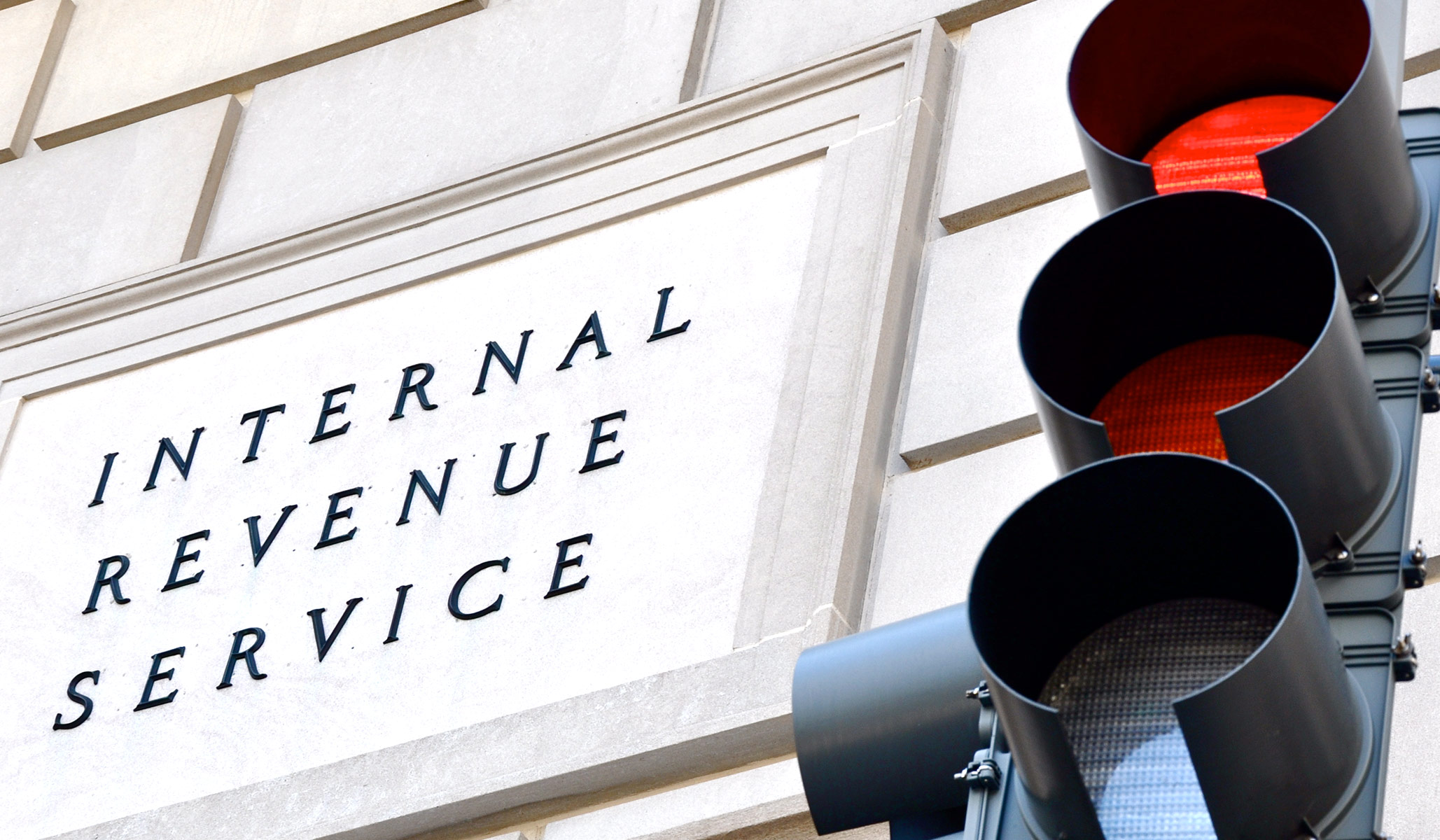


NRPLUS MEMBER ARTICLE T he so-called Inflation Reduction Act gave the IRS an extra $80 billion to spend over the next ten years. What are its plans for all that money?
Alex Muresianu of the Tax Foundation has answered that question in a blog post. First, he reminds us of the funding breakdown. Only $3 billion is for taxpayer services, and only $5 billion is for systems modernization; the rest is for enforcement and operations support. The IRS is in need of modernization, and the taxpayer-services and systems spending aren’t necessarily a bad thing. The problem is the other $72 billion, which is a ton of money for the IRS and will likely go towards paying off the agency’s public-employees union.
The IRS stated its goals for the money in bureaucrat-speak (e.g., “deliver cutting-edge technology, data, and analytics to operate more effectively”). Muresianu writes that some of its plans fail to adequately consider trade-offs. For example, he writes, “An increase in IRS audit rates should increase tax compliance, but it could simultaneously increase compliance costs thanks to false positives: taxpayers already paying their owed liability nonetheless facing an audit.” He also points out that the promise to not audit returns with reported income below $400,000 is suspect, since government research shows that most of the extra revenue from audits comes from people making below $200,000.
After answering around 10 percent of phone calls in the past two tax-filing seasons, the IRS says it has answered 89 percent of phone calls this year. You would think that the extra funding had thus made a huge difference. Not so fast, says Muresianu:
During the pandemic, the IRS was pushed into the role of benefits administrator and dealt with provisions such as the expanded Child Tax Credit and the Economic Impact Payments. These new responsibilities stretched the IRS’s resources thin. With many of those provisions expiring during or before the 2022 tax year, the IRS faces less demand for assistance.
The agency has also blown through 10 percent of its new funding for taxpayer services, which is supposed to last ten years, in only the first two months of this year. As Chris Edwards of the Cato Institute points out, taxpayer-services funding, after this initial boost, is expected to stay flat over the next ten years. The systems-modernization funding will be at elevated levels from 2024 to 2027, then decline toward normal levels. But the enforcement spending will almost quadruple, from $5.2 billion in 2022 to $19.5 billion in 2033.
“The Strategic Operations Plan notes that, barring an additional increase in funding, the taxpayer services funds to maintain both telephone and in-person services at a high level will be exhausted within four years,” Muresianu writes. “This vindicates some concerns that taxpayer services were neglected in favor of enforcement in the original package.”
Muresianu’s point about tax-code complexity is the most important. The best way to solve the problems with taxpayer services is to give the IRS a simpler tax code to enforce so that people don’t need to call to figure out how to pay what they owe.
Our tax code is a grotesque monstrosity of special-interest handouts, social policy disguised as tax policy, and accumulated residue from decades of legislating. But it is also true that most taxpayers don’t use most of it. Adam Michel of the Cato Institute points to four frequently used parts that reforming would go a long way toward making tax filing easier.
The first two are related to overlapping provisions that apply in the same area. He points out that there are currently six different ways to qualify for child-related tax benefits and 15 programs that subsidize education. Those are popular programs, and harmonizing and simplifying them would help make tax filing easier for many families. He recommends aligning eligibility requirements for child benefits when possible and consolidating some of the education programs into one tax credit.
Next, Michel looks at the ways the tax code treats savings. The income tax is biased against savings, so the tax code seeks to mitigate that by creating special-purpose accounts, such as 401(k) and 529 plans. “In the current tax code, there are at least 18 different types of private retirement and education savings accounts, each with its own eligibility rules, income and contribution thresholds, early withdrawal penalties, and employer requirements,” he writes. He recommends narrowing it down to two retirement-account options (employment-based and individual) and creating a universal savings account that will only be taxed once and that families can use on whatever they want.
The fourth idea is to eliminate itemized deductions. Only 9.5 percent of households itemized deductions in 2020, but millions more had to keep track of their records to see whether itemizing would be worthwhile, Michel points out. The Tax Cuts and Jobs Act helped move a step closer to abolishing itemization by doubling the standard deduction so that itemizing doesn’t make fiscal sense for most filers. “Congress should finish the job by eliminating itemized deductions for all taxpayers and lowering tax rates with the additional revenue,” he writes.
Enforcement and compliance wouldn’t be such a big problem if only Congress simplified the tax code. Republicans are right to decry the Democrats’ increased enforcement spending. They should pair that message with an emphasis on the need to reform the tax code so that it’s easier to follow in the first place.
